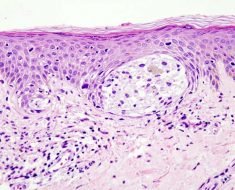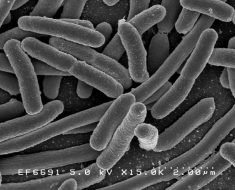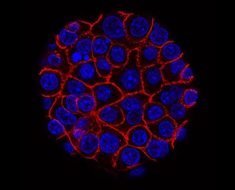A paper published recently in the scientific journal Nature Reviews Cardiology shows that regular physical exercise and, specifically, that which is undertaken to increase muscle strength, improves cardiovascular health through non-traditional mechanisms such as the skeletal muscle release of myokines or improvement in intestinal microbiota.
So understanding the pathways through which physical activity influences the various systems and organs of the human body could lead to new therapeutic strategies to attack the mechanisms of cardiovascular diseases. Mikel Izquierdo-Redín, professor in the Department of Health Sciences of the Public University of Navarre (NUP/UPNA) and researcher at Navarrabiomed has participated in this work.
“The loss of muscle strength and mass is one of the ‘forgotten’ risk factors in cardiovascular disease,” said Mikel Izquierdo, head of the Physical Exercise, Life Cycle, Active Ageing and Health research group (E-FIT) and member of the Institute of Health Research of Navarre (IdiSNA). “Yet it can be corrected with a strength training programme, even in elderly individuals.”
The authors of the paper stress that it is high time that physical exercise be regarded as “a medicine for treating cardiovascular diseases.” They also stress that “unlike most drugs, exercise is largely free of adverse effects, and its benefits are to a certain extent dose-dependent.” In other words, the doses of physical activity can be increased as the body adapts.
The little-known potential of physical activity
Yet the researchers lament the fact that “the huge potential of resistance exercise and strength training to reverse both the disease and the effects of aging on muscle mass and thus improve cardiovascular health gets scant recognition in the majority of clinical treatments.”
Source: Read Full Article





